DON’T MISS OUT ON
ANY Project Updates
– SIGN UP FOR OUR
NEWSLETTER Now.
P.S. It’s only available in German for now.
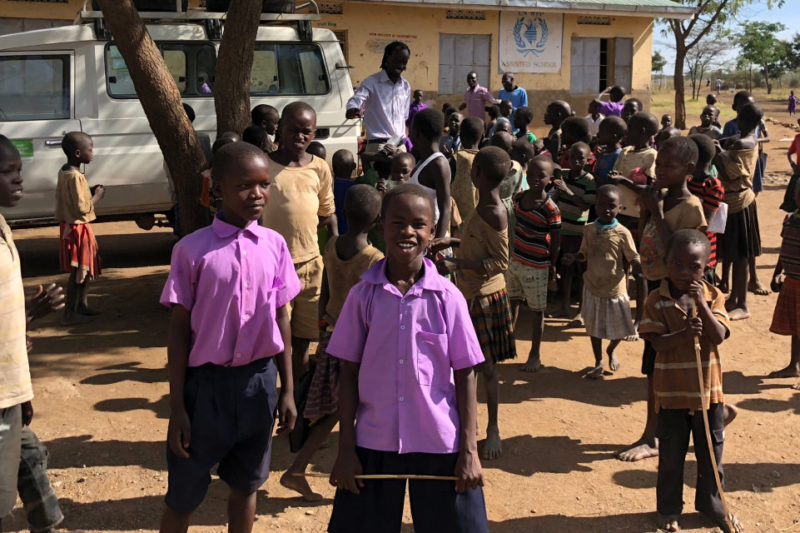
Karamoja, Uganda
Projectstart: 2019
Achieved goal:
Achieved goal:
The region Karamoja in the Northeast of Uganda is affected by unpredictable weather characterized by long-lasting droughts and short periods of heavy rainfall. These weather conditions negatively impact the income generation opportunities of the semi-nomadic population in this region. The consequences: emigration and a high poverty rate. The Kaloi primary school is also suffering under these conditions. The school buildings are in danger of collapse and by far not big enough for the approx. 400 students attending the school. Additionally, there is a lack of accommodation possibilities for students who live far away and a lack of hygienic sanitary facilities. In cooperation with the Welthungerhilfe and Viva con Agua, we planned the construction of sanitary facilities including toilets, washrooms, and a functioning water supply system. The renovation of the classrooms and the construction of dormitories were also part of our agenda for the school.
The Kaloi primary school is situated in Karamoja, a region in the Northeast of Uganda, that is, compared to the rest of the country, arid and poorly-developed. Rainfall is irregular and unpredictable, which is probably a result of climate change. Due to long-lasting droughts and soil erosion the region is acutely threatened by desertification. People are leaving the region due to crop failures and a lack of alternative income-generating opportunities. The population of the region largely consists of semi-nomadic people who make their living on cattle-farming on the savanna. Because of the difficult climate conditions’ effects on agriculture, the poverty rate in this region is extremely high. Basic education was not always a high priority for the people of Karamoja. The illiteracy rate is 80% – which is very high compared to Uganda’s average of 32%.
With almost 400 students, the Kaloi school is part of a growing countermovement in society, in which education plays a bigger role. The school is situated on the savanna, 10 km away from the next town, in a region with loamy soil, which swells with rain and shrinks during periods of drought. This means that the basements of the buildings in this region have to be very stable to ensure that the buildings stay structurally sound over time. State financing for public schools is very limited, and in cases of new constructions, the government often signs contracts with rather unqualified companies to save money. It is for this reason, that the Kaloi primary school is suffering from inadequate educational conditions due to dilapidated and, in some cases, missing infrastructure.
The Kaloi primary school was established in 1984 and is attended by 187 girls and 209 boys aged five to 14 in 2019. 15 teachers are employed at this school. Most of the students are from villages nearby – still, some of the students walk long distances to school, often barefoot.
At the time of our baseline assessment at the end of 2018, the school consisted of five classroom blocks of two classrooms each. Some of the classrooms were also used as dormitories and administrative rooms for the teachers. In total, there was an acute lack of sufficient classrooms. As a result, two classes were sometimes held in one room at the same time. Due to the lack of dormitories, a lot of students dropped out of school in the higher grade levels. This especially affected girls, who help their families with housekeeping or are subject to early marriages and pregnancies, if their route to school is too long or dangerous. The sanitary facilities of the school were also in a desolate and unhygienic condition. The lack of washrooms and of a water supply was an obstacle to visiting the school regularly, especially for the girls.
Learning achievements of the students didn’t occur at the desired rate, the drop-out-quota was very high, teachers were about to move away to surrounding towns and the unhygienic and unhealthy situation at the school negatively impacted the motivation of the remaining students and teachers.
During our visit to the school in October 2018, we were welcomed by a heartwarming ceremony organized by parents and school personnel. A group of parents took it upon themselves to convince the other parents of the importance of education. This resulted in an active parent-teacher association whose commitment has consistently impressed us and convinced us to support this school. Their dedication showed us, that there is an existing foundation which guarantees that infrastructural progress at this school will be accepted and utilized by our target group.
In cooperation with Welthungerhilfe and Viva con Agua, we wanted to fulfill the wish for education in the community by improving the learning and teaching conditions at the school in the long run. Our aim was to replace all the dilapidated buildings, build dormitories for the students and to ensure that an adequate amount of sanitary supplies were provided at the school. Moreover, we planned to educate the school community through the use of workshops about topics related to hygiene and the maintenance of buildings. All of these goals establish an integrative approach that supports at least three of the Sustainable Development Goals (SDG) directly:
Starting in March 2019 we built gender-separate composting toilets at the school. We also started the construction of washrooms for both boys and girls. In 2020, to provide a safe water supply, we rehabilitated the existing cistern and implemented a rainwater catchment system. We would like to thank Viva con Agua Sankt Pauli, who financed the majority of these costs in the first phase of the project. Accompanying these infrastructural measures, two WASH workshops implemented by Viva con Agua Kampala educated both students and teachers about hygiene and health in a playful manner. This way, health risks due to a lack of hygienic practices can be prevented.
The construction of dormitories for boys and girls started in October 2019. The dorms were built to prevent students with long commutes from dropping out of school. Beginning in January 2020, we also started renovating the most dilapidated classrooms, very dilapidated. This ensures that teaching takes place in an appropriate learning environment. All activities are complemented by workshops and the establishment of committees for the sustainable maintenance of the new structures. However, these workshops won’t commence again until the COVID019 restrictions are relaxed.
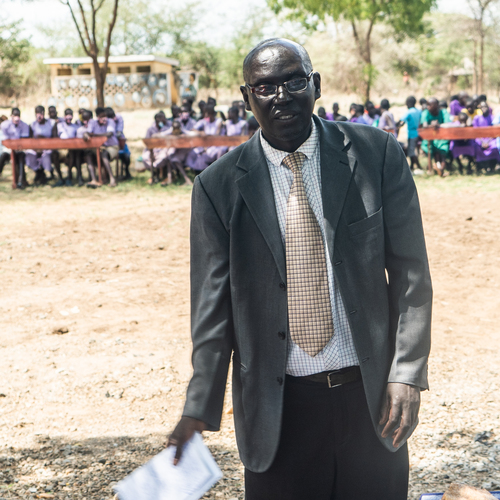
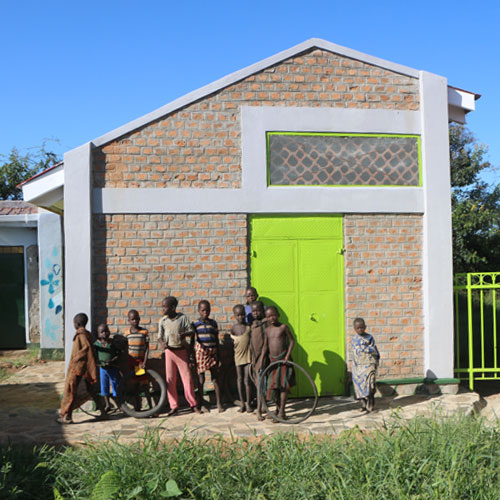
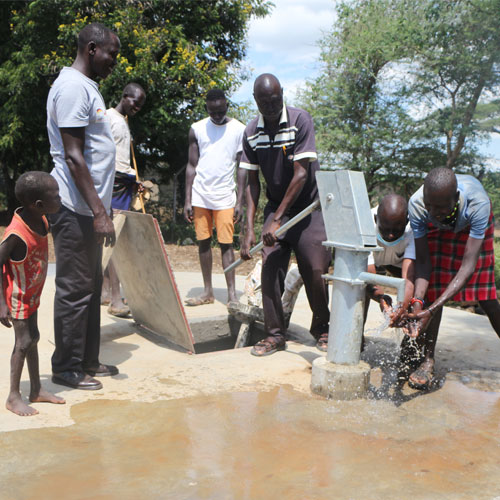
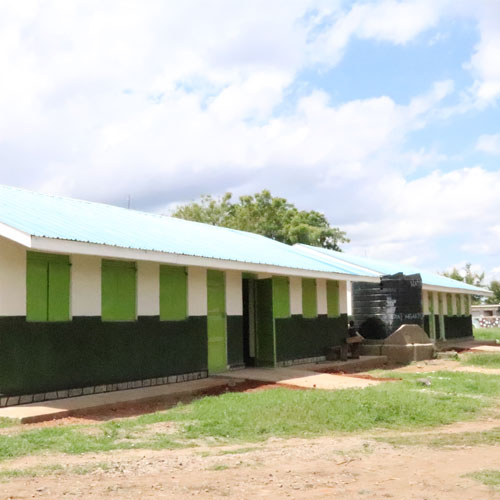
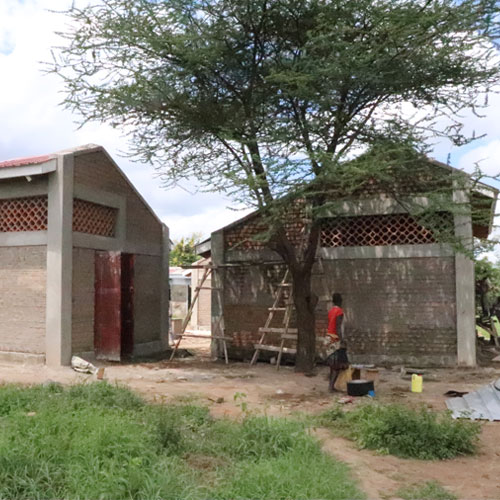
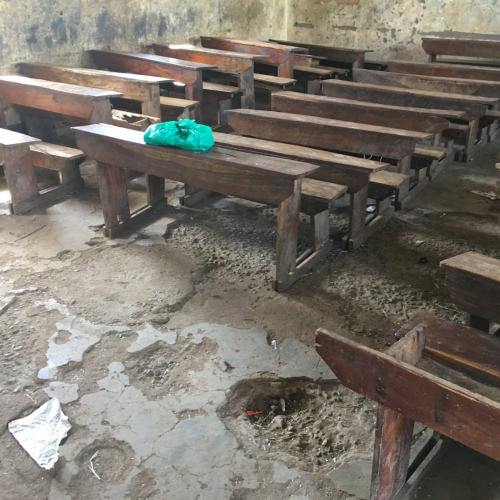
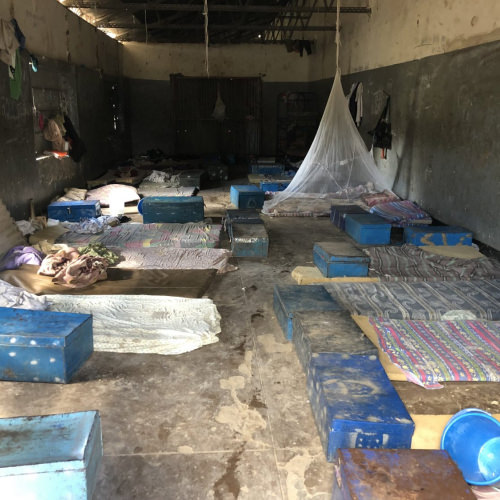
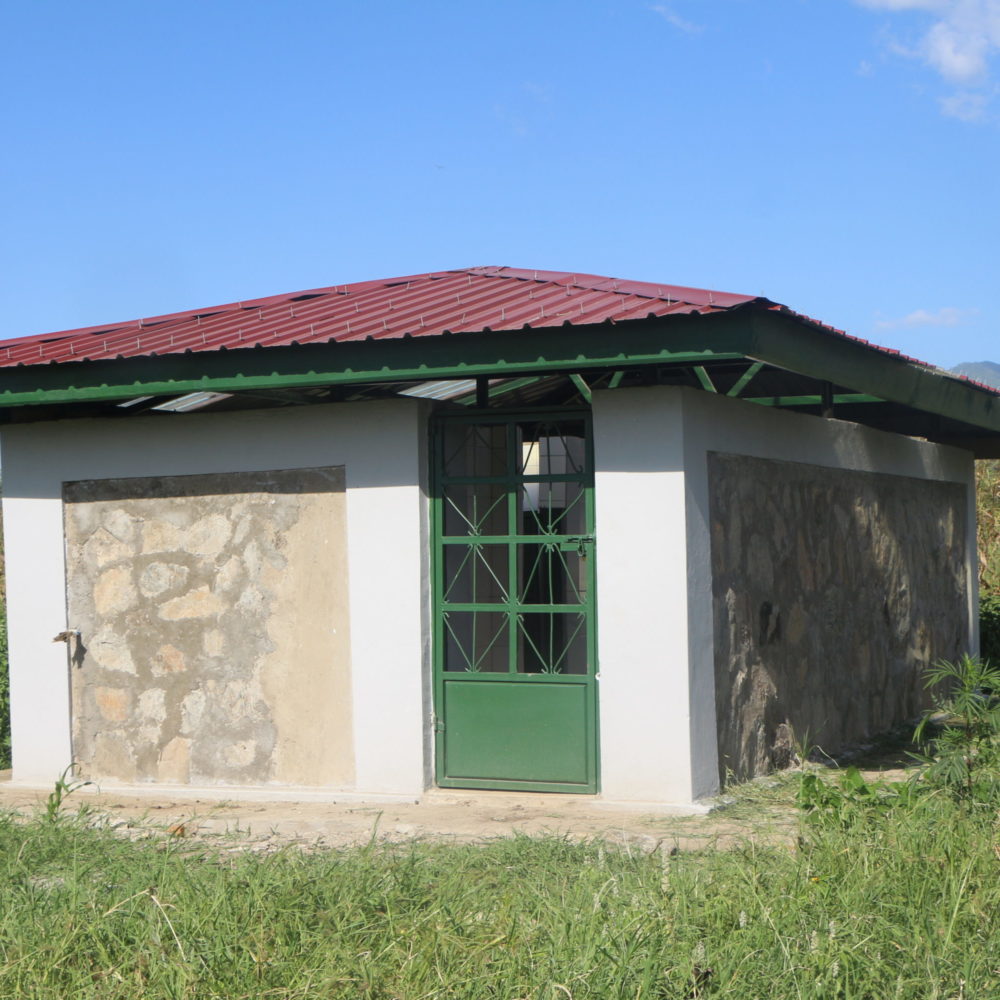
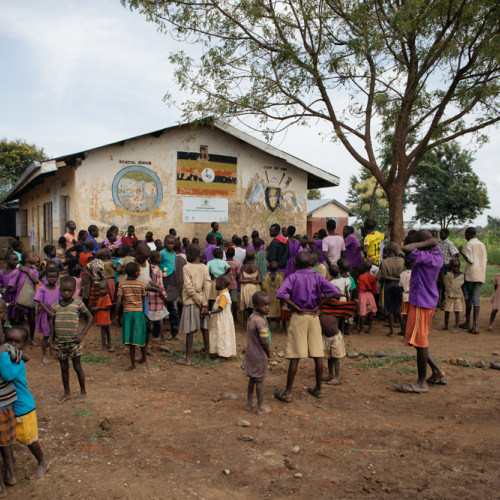
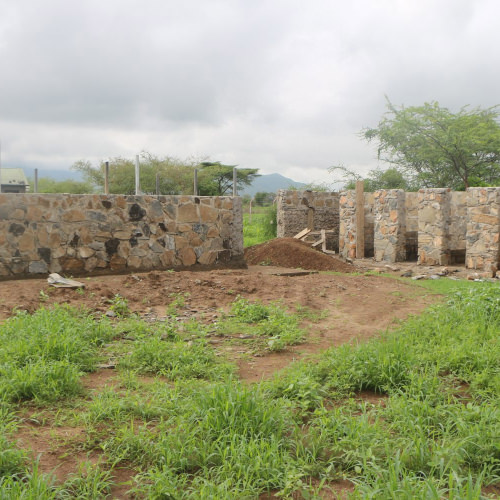
During our stay in Uganda, we officially handed over the completed buildings together with the students during a festive opening ceremony.
After a few delivery delays due to Corona-restrictions, the dormitories have finally been finished. Both buildings - one for boys and for girls, respectively - were equipped with 32 bunk beds each, mosquito-nets and curtains.
To ensure that clean water is able to be provided, we repaired the existing cistern and manual pump. Thanks to these repairs, important hygienic rules such as regular handwashing can be followed.
The renovations of the classrooms have been finished. As soon as schools reopen, teachers will be able to teach in adequate classrooms. Buildings have been equipped with rain gutters and water tanks to collect rainwater.
COVID-19 is also very noticeable in northern Uganda Schools are closed, but the construction was luckily able to continue thanks to a special permit. However, there are some delays in deliveries.
The renovation of the classrooms began to ensure that classes can be held in an appropriate learning environment.
We started constructing dormitories for boys and girls to prevent students living far away from dropping out of school.
We build two washrooms each for boys and girls. Washrooms are especially important for girls because they allow them to attend school during their period.
On our project trip we were able to get to know the school better. Apart from playing games with the students, we conducted interviews with them as well as their, teachers and parents for a long-term evaluation of the project’s impact. In addition, we had discussions with girls concerning menstruation and with parents about financial possibilities to support their children’s education.
Our project started by constructing gender-separate composting toilets. Additionally, we started building washrooms for boys and girls with the plant attach them to the later built dormitories. We would like to thank Viva con Agua Sankt Pauli who financed the majority of costs in the first project phase. Children and teachers learned the importance of hygiene and health through workshops held by Viva con Agua Kampala in an effort to prevent potential health risks.
Goal: 294.202 €
Goal: 600.776 €
Goal: 167.262 €
Goal: 52.565 €